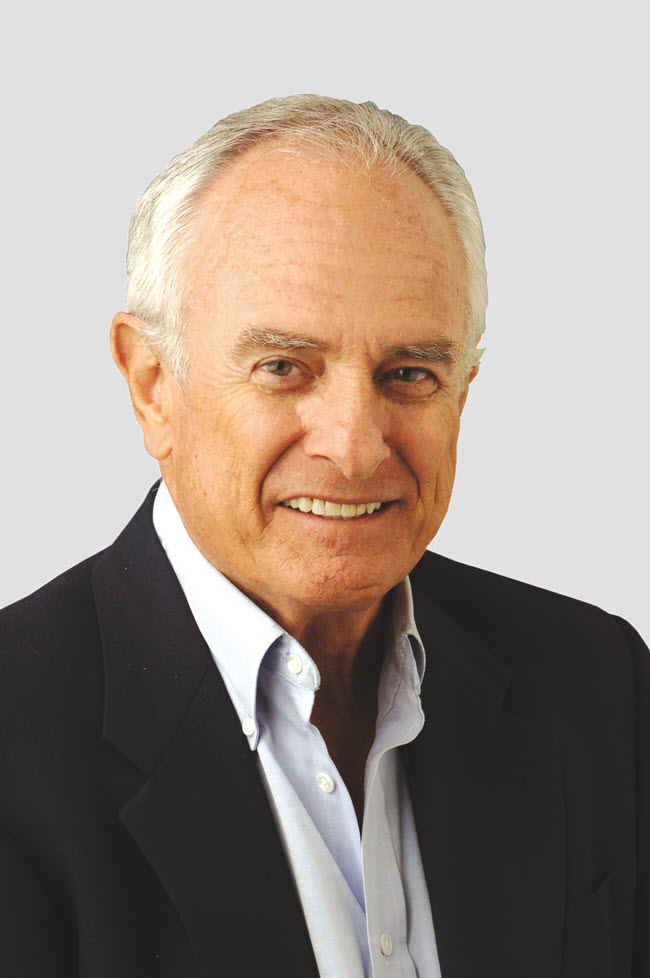
OVERTON, Nev. – In this town of 4,244, some 65 miles northeast of Las Vegas, the best-known city in the Sagebrush state, which is also known as the Silver State, there is no strip, no glitz, and no high rollers—just everyday folk trying to make a living, live and let live.
They have the same worries that the rest of Americans have. They worry about the economy, the environment, and the school system. Mainly they are concerned about the drought which has plagued the West for over ten years.
“This thing is getting serious,” said a local dressed like you would expect a man from these parts to dress—scruffy cowboy boots, jeans, a flannel shirt, and a beat-up Western style hat with the appearance that it had been stomped on a few times. Perhaps, at an old-time square dance.
His concerns are well founded since the Colorado River soon will be about the size of the Middle Oconee River, if nature doesn’t offer a U-turn with the elements. In Las Vegas and other places out this way, the Colorado is the sole source of water. There has not been a heavy snowfall in the mountains for several seasons. The way things are going, the river and the lakes will eventually drop to a level below the intake pipes.
“We have not had a big snow in over five years,” says Chris Byrd an attorney in Vegas. He hails from Buffalo originally and would dance around the 77-acre Bellagio Las Vegas for a prolonged snowfall like those which are commonplace back home.
Vegas, to my knowledge, has not given any odds on when the drought will end. People gravitate here without worrying about the Colorado going dry. They eat, drink and are merry every week out of the year, and while local folk are not yet desperate, they are overly concerned.
In 2020, voters in Northern Nevada got engaged and killed a pipeline move, which would have pumped 58 billion gallons annually to Las Vegas. Opponents of the pipeline said that the pipeline would have made “a dust bowl of 305 springs, 112 miles of streams, 8,000 acres of wetlands and 191,000 acres of shrubland habitat, almost all on public lands.”
Something similar is going on in our backyard with a greedy mining company threatening the stability of the Okefenokee Swamp. If Nevadans in the state’s northern sector don’t want to donate their water to Sin City, then Georgians ought to send the mining interests packing.
Lake Mead and Lake Powell, which provide water for forty million people are so low that folks are finding out where the bodies are buried. Recently a barrel, containing the remains of a man shot in the eighties, was located as the water receded. That is not the only such discovery of late.
Think about this sobering factoid. This megadrought is likely to persist until 2030. Further, it is the worst in 1,200 years which means that this drought is the worst since the 12th century.
All of this brings about abiding worry. Where will help come for Nevada in this decade? Suddenly, I hear the Sons of Pioneers singing that wonderful old tune, “Cool Clear Water.” The meaning of the song was a “cry for help.” That time has arrived in Nevada.
We stopped here for lunch at a place called “The Inside Scoop,” which is known for its ice cream. It also serves a fine hamburger. It was interesting to observe the rock formations and barren landscape in a pleasant dive to Overton. Suddenly a flock of bighorn sheep crossed the road as we made our way to the Valley of Fire State Park. Those sheep, crossing the highway, made our day. Also, for friends John and Mary Elizabeth Tebeau and Lenn and Paula Chandler. The photo op was stunning, reminding once again that nature, in all forms, will always bring about graphic humility. Assuming that it is in order to assume that there were two bighorn sheep on Noah’s ark, one further figures that there were big horn sheep during the drought of the last dozen millenniums.
If the bighorn sheep survived, maybe there is hope for the worried Nevadans and the high rollers who come this way. And for those visitors who travel here and have fun without laying down a single bet.
